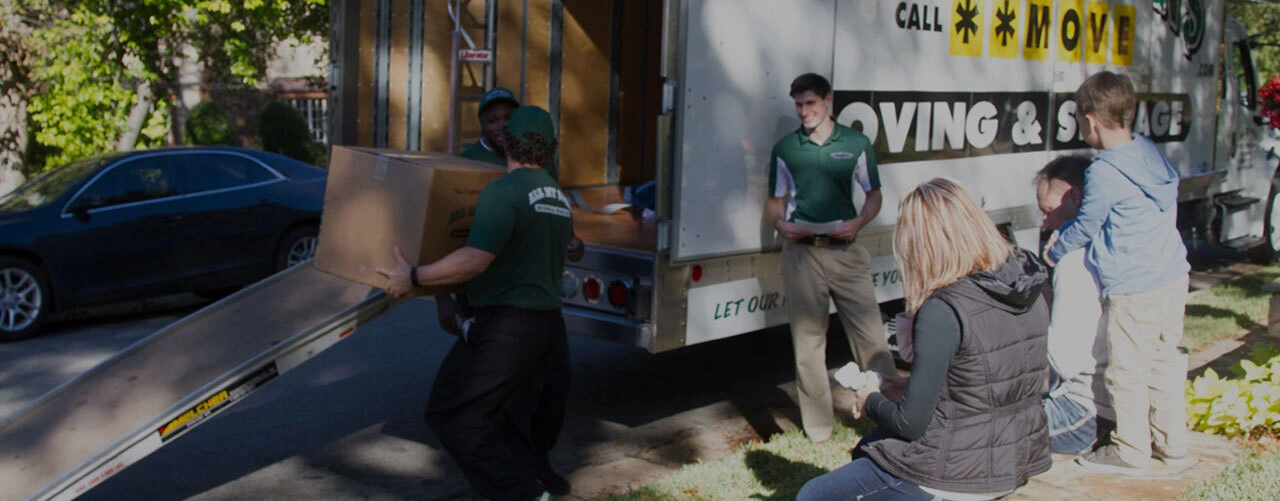Home Repairs: Unclogging a Sink
Here at the Tulsa movers, we know that at some point in time one of the sinks in your home will clog. While many turn to products like Drain-O and other strong chemicals, there is also a DIY approach to clogged sinks that will cut down on toxic residues and save you the cost of repeatedly purchasing unclogging chemicals. Doing it the right way will be effective for the long run and is the best way to approach clogs in any drain. You’ll need a cup plunger, a wash cloth, a sink auger (for stubborn clogs), channel type pliers and a bucket.
Most clogs that arise in the sink and shower are a result of hair, soap, and other debris that builds up and accumulates over time. If you have metal pipes, one easy way to try and push the sludge along is to boil water on the stove and pour it down the drain. However, if you have plastic or PVC pipes, this method will not work. That material cannot withstand temperatures over 175 degrees, therefore you might damage the pipes with boiling water. In this instance, you should use the cup plunger.
The cup plunger is the standard red plunger that is used for sinks and tubs to unclog them. The toilet plunger, however, is shaped different and is called a flange plunger. Duct tape or put a washcloth in the overflow hole in the sink. Remove the drain stopper from the sink, and fill the sink halfway with water. Place the plunger over the drain hole to block the water from draining. Using quick, sharp plunges, repeatedly plunge to try and clear it out. Once cleared, remove the duct tape and let the water drain. Still clogged? Let’s take it to the next step to try and clear that stubborn clog.
The next step involved the sink auger. A drain cleaning stake is also an option, but the sink auger is more sanitary and prevents less mess, so it’s what we recommend. You should have someone at the hardware store show you the proper way to use the auger to ensure that you use it efficiently.
Once you get the clog cleared, place a bucket under the trap to catch the water that discards when you pull the pipe out. Empty the remaining sludge from the U drain and reattach the pipes. Test the faucet to ensure there are no leaks from where you reassembled the pipes.

